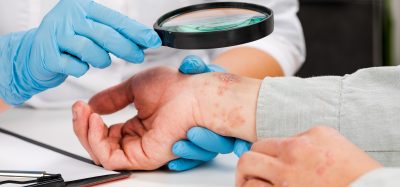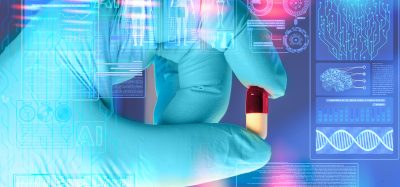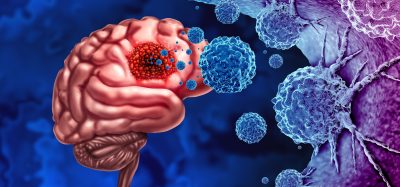Researchers create triple-negative breast cancer organoids
Posted: 1 April 2022 | Ria Kakkad (Drug Target Review) | No comments yet
Scientists have opened a path towards triple-negative breast cancer treatment, by creating organoids from tumour samples.
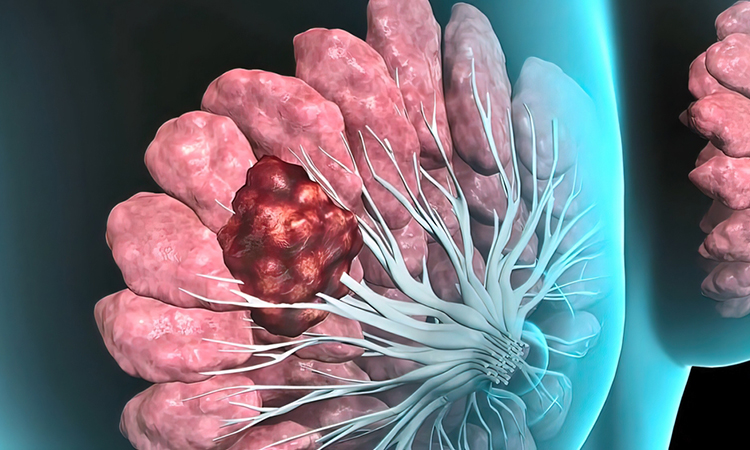

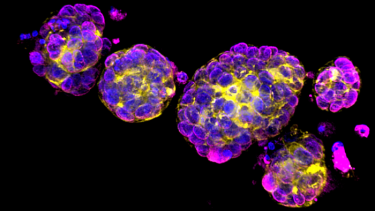

Organoids are tiny clumps of cells that are grown from and resemble tiny 3D organs. The image above shows breast cancer organoids, derived from human patients. Breast cancer cells are labelled in purple, DNA is labelled in blue, and cytoskeleton proteins are labelled yellow. Organoids provide a more natural setting than flat tissue culture dishes to study how cancer cells grow, develop, and can be treated
[Credit: Sonam Bhatia/Spector lab/CSHL, 2022}.
Researchers at Cold Spring Harbor Laboratory (CSHL), US have developed organoids of triple-negative breast cancers. The researchers created a biobank of breast cancer organoids from 87 patient tumour samples. Nearly half the samples were “triple negative,” which is an aggressive form of breast cancer. The breakthrough, recently published in Cancer Research, could pave the way towards cancer treatment.
The research team, which plans to expand the biobank to over 100 patient-derived samples, conducted extensive tests to ensure the organoids had the same characteristics of the tumours when they were in the patient. They tested organoids and tumours that had similar genetic variation in their DNA; had similar RNA profiles; and produced tumours, similar to the patients’ tumours, when implanted into mice.
“That was our rationale for approaching this from many different directions, to really develop a comprehensive analysis as to whether these breast tumour organoid models would be good model systems,” explained Professor David Spector, one of the researchers of the study.
Currently, the lab is testing various treatments to find weaknesses specific to each tumour. They are developing a library of therapeutics known as antisense oligonucleotides to target RNA molecules active in cancer cells, but not in healthy cells. The team already have 200 potential targets and will prioritise RNA molecules that are made in the largest amounts.
“This biobank opens up an exciting avenue to use this cutting-edge class of therapeutics with better patient-specific models,” concluded postdoctoral researcher Sonam Bhatia. “In the longer-term, these patient-derived organoids can be used to test therapy options outside of the patients, in a dish and can provide information on what treatments the patient does or does not respond to.”
Related topics
Assays, Disease Research, Drug Discovery Processes, Oncology, Organoids, Therapeutics
Related conditions
Triple-negative breast cancer
Related organisations
Cold Spring Harbor Laboratory (CSHL)
Related people
Professor David Spector, Sonam Bhatia




